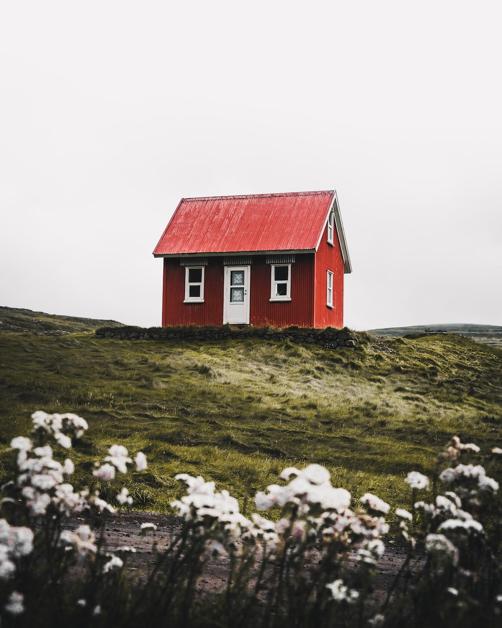(ARA) – Fresh air, natural light and open space are key elements in today’s home designs. New home buyers and existing homeowners alike want more open living and homes with a seamless connection between indoors and out.
For example, courtyards are appearing in more home designs across the county. Often connected to several rooms in the home, the courtyard serves as a central gathering spot for busy families or for entertaining guests. The courtyard is designed to flow from the inside of the house and appear more seamless than a traditional deck or patio.
“People hunger for sunshine, for glimpses of flowers, for the fun of watching their kids play in the back yard. For people who work in windowless, fluorescent-lighted offices all day, it’s a joy to come home to a cheery sunroom or outdoor areas that let us drink in fresh air and views,” said Joan McCloskey, an editor with Better Homes and Gardens magazine.
Getting Started
Like other rooms, outdoor spaces are a reflection of the people who use them. What makes each space unique is how it expands the boundaries of a home — adding functionality and character. Designing an outdoor living area doesn’t need to be complicated, but homeowners should ask themselves a few questions when planning the space:
What are your goals for the space? The goal might be to expand a living area, maximize the site the house is built on, or frame a certain view. Regardless, establishing a goal and sticking to it will provide guidance when selecting from the myriad of building materials and designs that may challenge the process.
How will it be used? Will the space be used as a second kitchen, family gathering spot, or a place to relax and soak up the view?
How do you want the space to make you feel? The space may be designed to evoke a certain mood or feeling — such as restful, informal or active.
How will this affect existing indoor and outdoor areas? Consider how this new space will tie into the existing architecture of the home. Proportion and scale play a part in successfully designing and integrating useful outdoor spaces, as does circulation to and from indoor living areas.
Choosing the Right Materials
In addition to developing a solid design, think about the materials that will be used. For example, windows and doors are both the visual and physical connections between inside and out. Large or thoughtfully positioned windows and doors maximize outdoor views and an indoor feeling of light, space and movement.
“A well-planned combination of windows and patio doors will successfully balance the static effect of solid walls with the dynamic qualities of the space,” said Fred Foster, an architect with Andersen Windows, Inc. “Good door and window design allows homeowners to manipulate the movement of natural light, views and fresh air through the home, and affects how they move between the indoor and outdoor spaces of their home — both physically and with their eyes.”
Foster suggests combining sidelight and transom windows with patio doors to expand the basic function of the door into a major element that creates more interaction between the inside and outside. He also suggests using window grilles or art glass where a view is not being featured, or where pattern or color can enhance the design of the interior space.
The Finished Product
Opening up a floor plan with an outdoor living area can be a great addition to any home. From the design to the construction, homeowners often enjoy the process and look forward to using the space when it’s finished.
For more information on the virtually limitless sizes, styles and combinations of Andersen windows and doors that can help make any home and outdoor area a more personal place, visit www.andersenwindows.com or call (800) 426-4261.
ZZZZZZ


